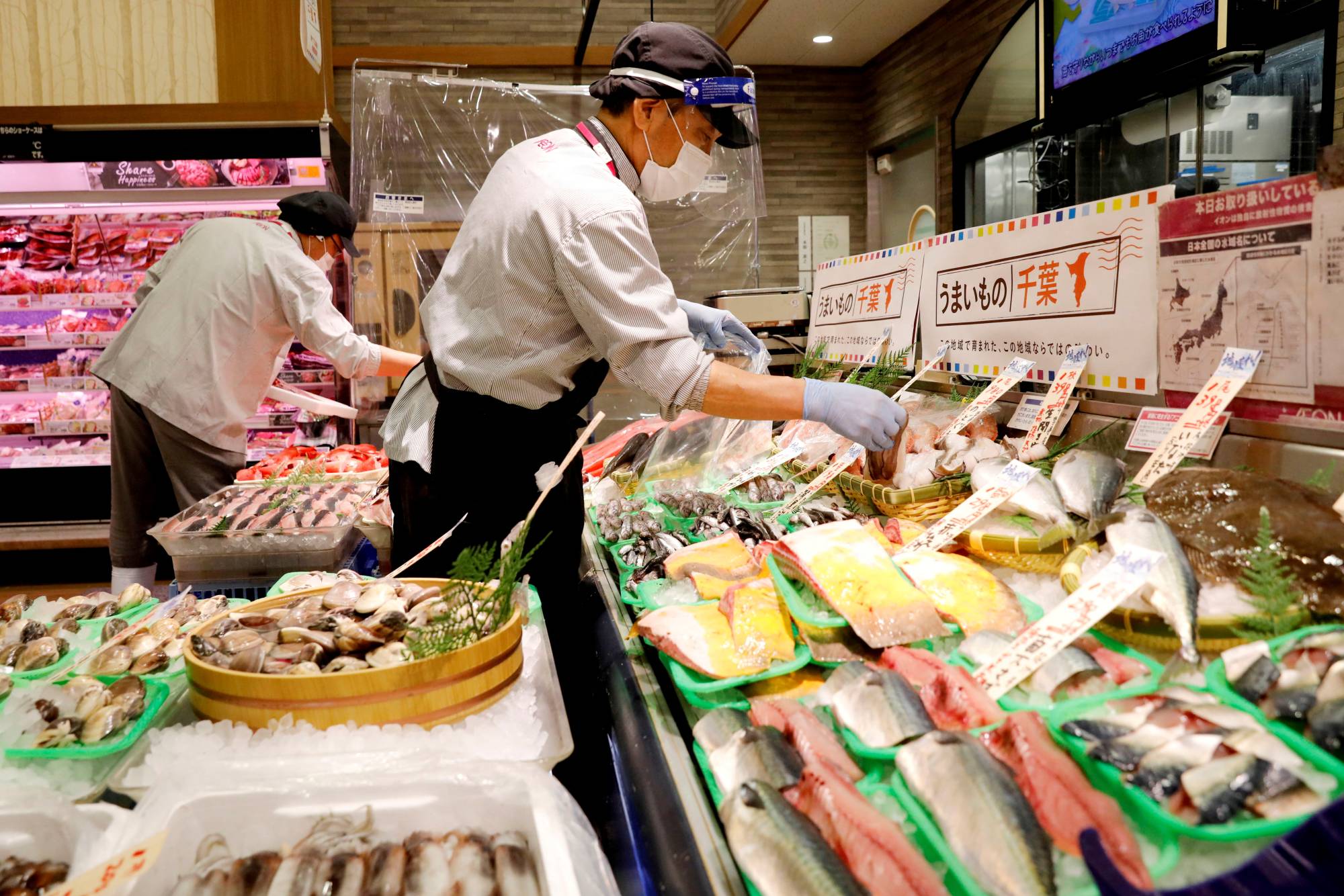Japan's household spending rose for a second consecutive month year-on-year in February, helped by a flattering comparison with last year's sharp pandemic-induced slump, but the consumer sector is now facing growing headwinds from soaring prices.
Households cut spending from the previous month as pandemic curbs, rapid food and fuel price rises and the coronavirus kept wallets shut, casting a shadow over the world's third-largest economy.
In a sign of trouble for consumer sentiment, real wage growth stagnated in February as global inflationary pressures weighed on household purchasing power.



















With your current subscription plan you can comment on stories. However, before writing your first comment, please create a display name in the Profile section of your subscriber account page.